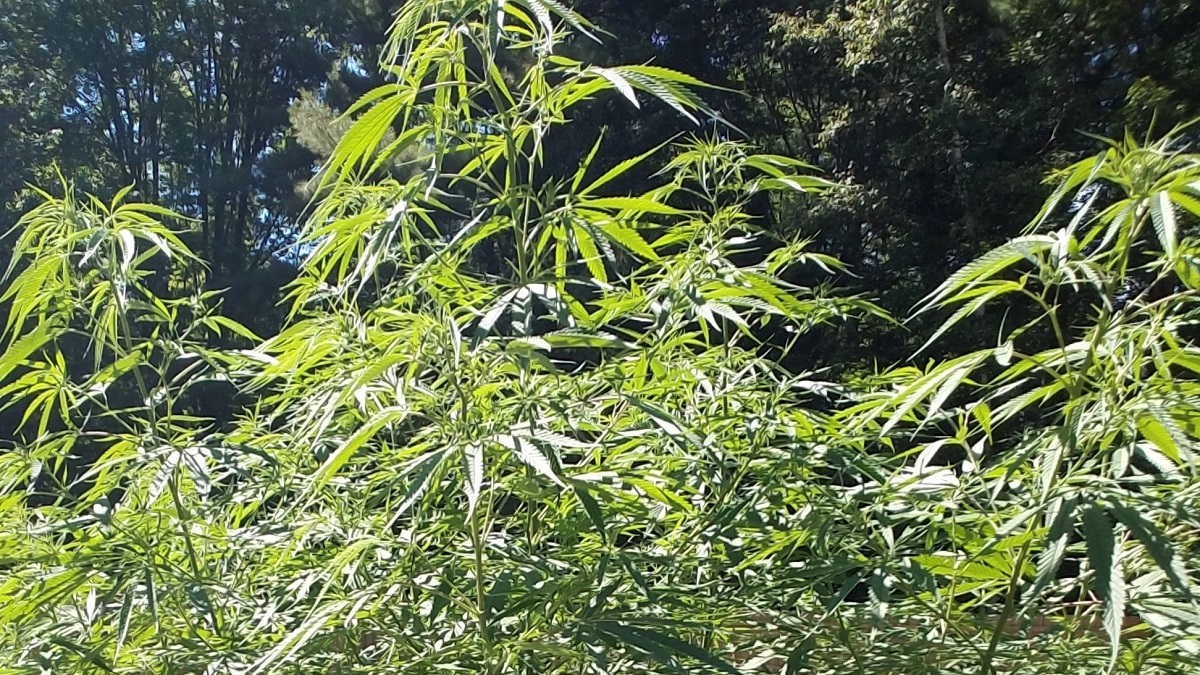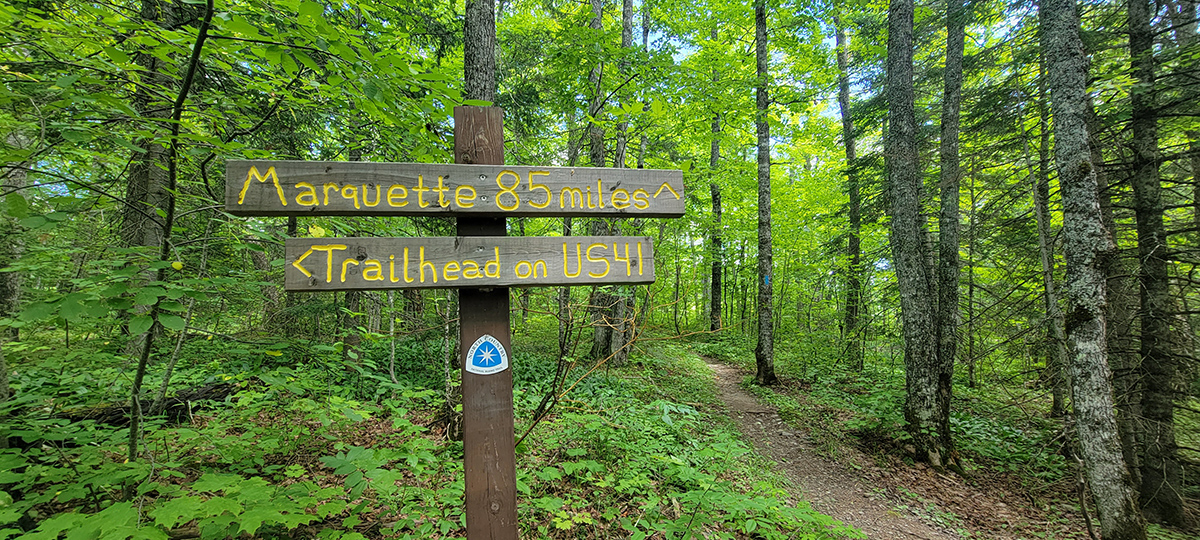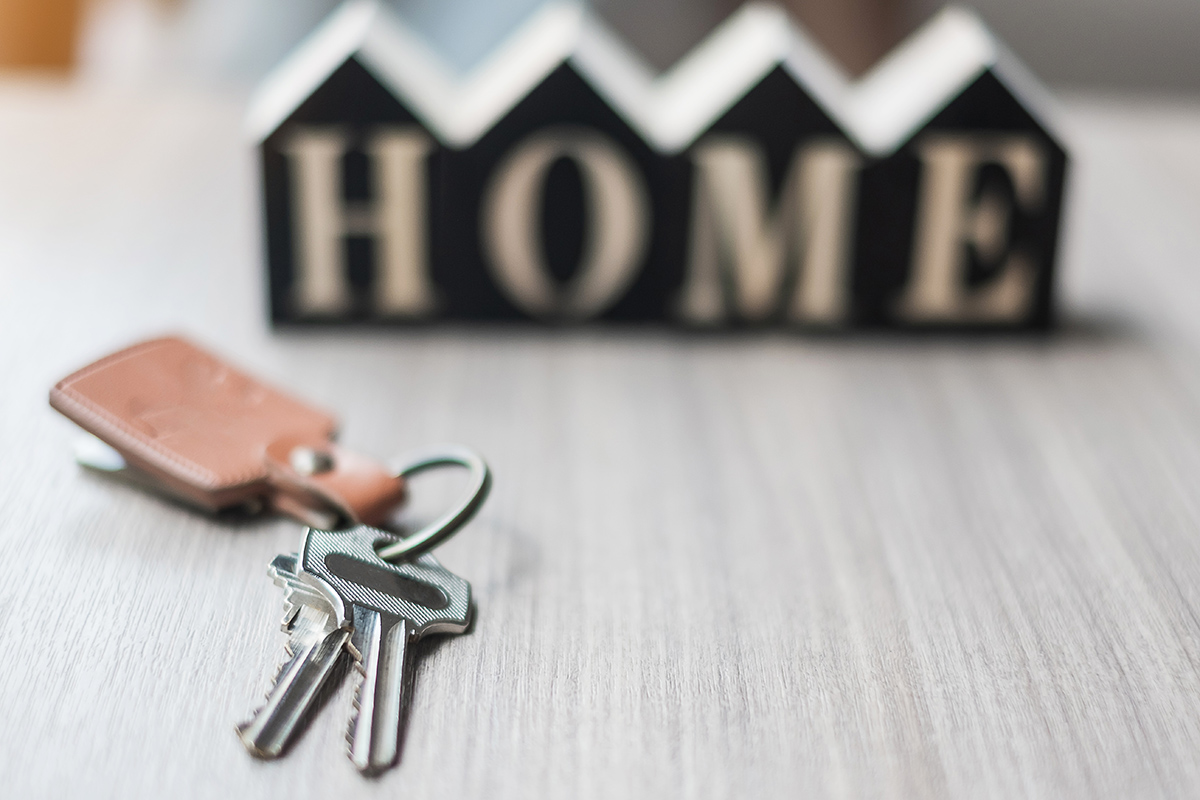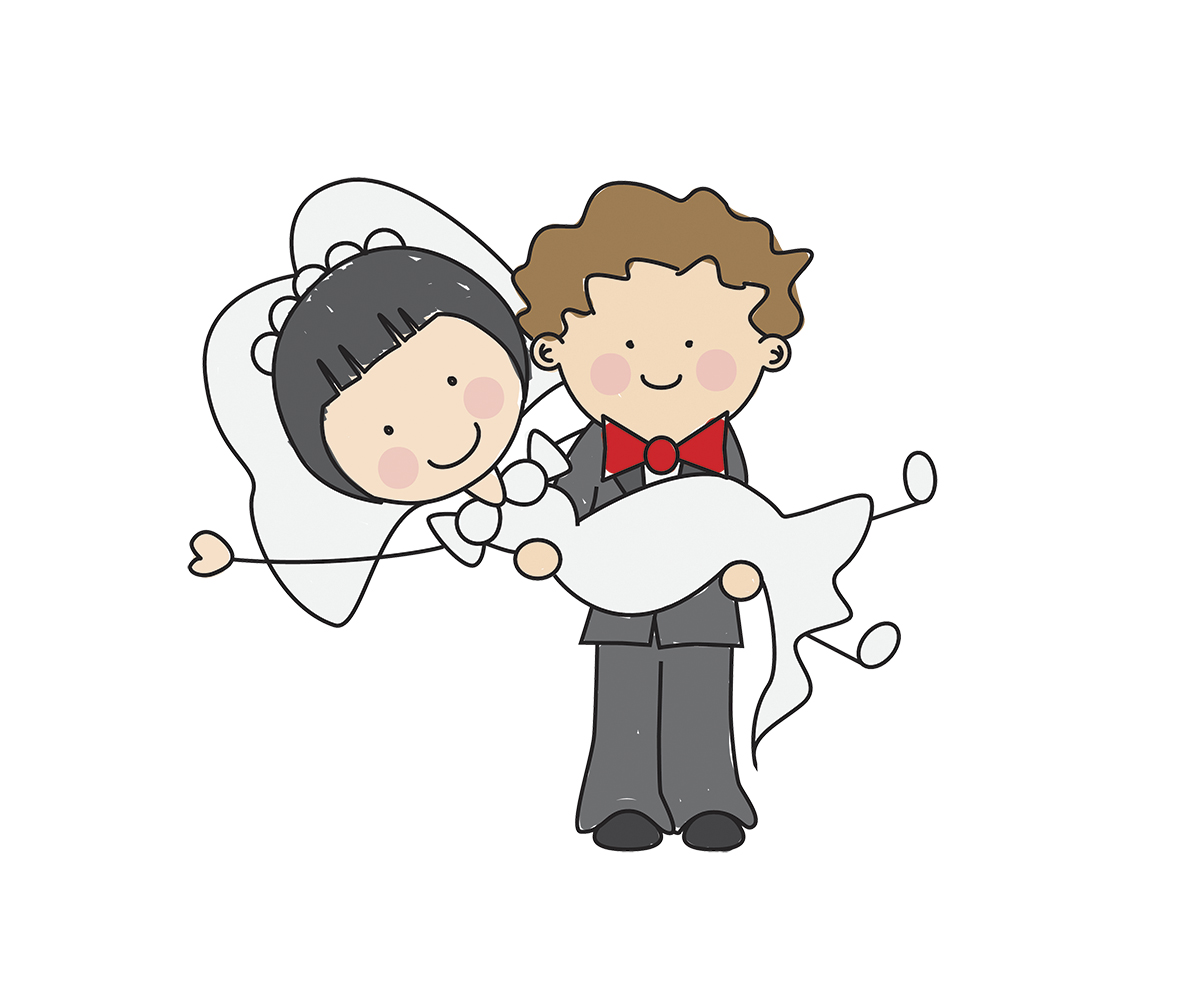WRITER | JONATHAN KANE, PH.D, CHRISTINA FORD
PHOTO| BROCK BARBER
I’ve got 99 problems…and CBD solved like 86 of them!
Recently, while scrolling through social media, I stumbled upon the above meme. Although it’s intended to be humorous, after researching CBD and speaking with professionals in the industry, I now believe this text holds so much truth.
What Is CBD?
Cannabidiol (CBD) is a naturally occurring cannabis-based compound. Most commonly extracted from hemp, CBD is one of 113 phytocannabinoids, a class of active compounds that interact with a cannabis-specific system in your body known as the Endocannabinoid System (ECS). Another phytocannabinoid that you are probably familiar with is Tetrahydrocannabinol (THC). Unlike CBD, THC causes a psychoactive effect, the “high” associated with cannabis. Conversely, CBD provides therapeutic effects without any intoxication.
What Are the Benefits of CBD?
CBD’s proponents believe its benefits are countless.
Skin: promotes anti-aging, prevents acne, treats psoriasis, nourishes dry skin, helps with eczema, is a powerful antioxidant and anti-inflammatory, and diminishes the appearance of scars.
Mind and Body: reduces inflammation, relieves chronic pain, lessens muscle pain, helps with insomnia, and helps reduce anxiety, stress, obsessive-compulsive disorder, post-traumatic stress disorder, and symptoms associated with depression.
Internal Organs: reduces intestinal inflammation and oxidative damage to the gut, promotes heart health, fights drug-resistant bacteria, helps with fat loss and blood sugar control, assists with addictions like smoking withdrawals, alleviates autoimmune disease, curbs nausea.
CBD is not a treatment for the above conditions; it simply supports ECS wellness, resulting in plenty of health benefits.
Evidence to support the healing potential of CBD is available online, published in peer-reviewed journal articles. Anecdotally, Brock Barber, owner of Bee Right LLC and member of the Michigan Hemp Association, has had personal experience with the healing benefits of CBD. His grandmother was able to reduce her 16 medications to only 2 after she began using Bee Right’s CBD products. Likewise, Peggy Miller, a firm believer in their healing benefits, recently began selling CBD products at her store, At Home, in Suttons Bay, because of her positive experience with the products.
Where Do I Get the Goods?
The 2018 Farm Bill lifted federal restrictions and allowed hemp to be grown legally in the US for the first time since 1970. Great news, right? Absolutely! Realistically, you can now find CBD almost anywhere. The problem is, anyone can purchase or manufacture hemp-derived CBD oil with little regulatory oversight and offer it for sale, so it’s best to do your research if you want a reliable product. A reliable brand will be third-party lab-tested to determine the purity and potency of that CBD product. Also, a company should have a reputation backed by strong customer reviews, several years of experience in the field, and be transparent about the hemp’s sourcing and cultivation process.
States with regulated medical cannabis programs require third-party lab testing and verification before going to market. For example, a prominent Michigan brand, RISE, offers just that. Whether you are purchasing CBD online, at local dispensaries, or brick and mortar stores, it’s your job as the consumer to make sure you are purchasing the highest-quality product that’s best for you.
How Do I Take CBD?
CBD is available in a range of applications, including, but not limited to, tinctures, capsules, topicals, and infused edibles. Selecting a product that works best for you should be based upon the desired effect and individual preference. CBD tinctures are mainly taken sublingually (under the tongue) and have high bioavailability (the amount that ends up in your bloodstream), so people tend to stick to these for full body balancing. Others prefer capsules and gummies, which offer the benefits without the “taste” of hemp oil. Capsules are slightly less bioavailable, as they must pass through the digestive tract before entering the bloodstream. CBD topical lotions and creams offer relief to localized areas, such as muscles and joints. Many individuals prefer to add both forms into their daily routine for both immediate and long-term relief.
Knowing how much CBD to take can be tricky, as everyone’s ECS varies; the correct dosage is highly subjective. It is suggested that consumers start with smaller doses and adjust the dosage according to how it affects your body. Start with the product’s recommendation and increase every one to two weeks, as needed, until relief is achieved.
I will leave you with a bit of advice from The Wizard of Oz’s Tin Man: “I just need a few dabs of oil, and I’ll be fine!”








